A few years ago, 36-year-old Sakthi Venkatesan, who grew up in an Egmore Housing Board tenement, decided to become a hip-hop artiste. He travelled to the United States, met some of the OGs of locking (a dance style endemic to hip-hop), mastered the form, and returned home to quit his tech job and help performing artistes in Chennai find sustainable sources of income through art.
But he wanted to do more, particularly for an artform deeply embedded in the city’s soul, yet still underappreciated: gaana.
For Sakthi, songs of pioneers like Gana Pazhani were his gateway into music. As someone who has closely watched the evolution of gaana — from the slums of north and central Chennai to both big and small screens — he believes the artform has been misrepresented in the mainstream for long, with its artistes caught in a cycle of exploitation.
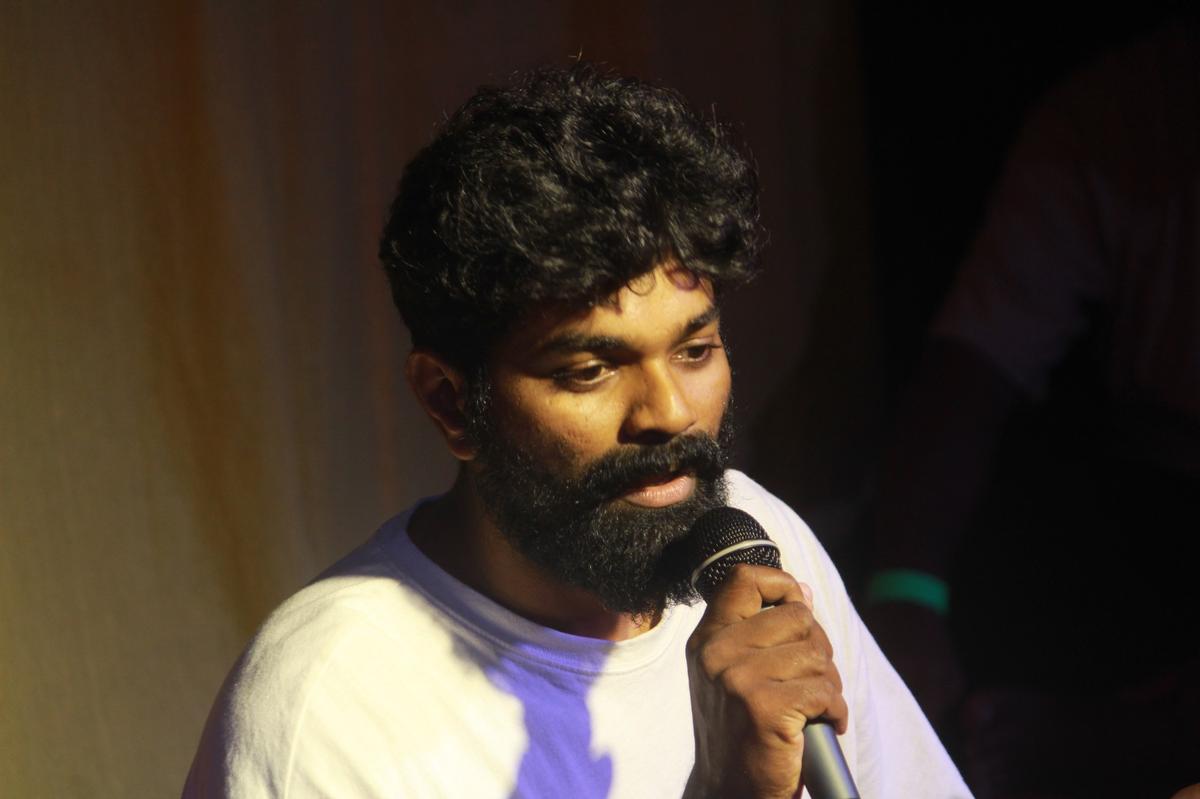
Sakthi Venkatesh
| Photo Credit:
Special Arrangement
Moved by hip-hop’s influence on the Black community in the US, he recognised gaana’s potential as a tool for self-expression and cultural identity, and founded Gana Cypher, with the support of dance crew, B-FAB. “Gana Cypher is inspired by ‘cypher’, an important concept in hip-hop culture, which involves dancers taking turns improvising their moves, ideally in a circle. The circle means there’s no hierarchy,” he says. What started as a small initiative with a handful of gaana singers, Gana Cypher now offers a platform to both budding and established artistes to not only showcase their songs but also bring gaana into the mainstream, in the most unadulterated way. The fifth edition is scheduled for this weekend where 20 artistes are scheduled to perform.

Artistes at a Gana Cypher event in Chennai
| Photo Credit:
Special Arrangement
Back to roots
Gaana originally began as a mournful recital at funerals, and Gaana Cypher aims to bringthis essence to the fore. “Gaana is still performed in slums during funerals as erangal gaana. It is ritualistic, and that is why it remains a thriving artform. However, just as slums are isolated from the rest of society, the artform is too. Appreciation is limited to these areas, and the only way to bring it into the mainstream is through YouTube or movies,” says Sakthi.
Rev Prashanth, 31, who has been a gaana artiste since 2013, says that while YouTube has helped revive the artform, which saw a slump after the decline of cassette culture in the early 2000s, there have been instances of censorship when the content of a gaana song is overtly political. “Gaana singers, including Gaana Pazhani and Gaana Vinoth, have sung against caste discrimination, but crossing certain political lines can land us in trouble. There will be distasteful comments and threats, and YouTube may even remove our content. But we don’t have enough support to fight this,” Prashanth, who is set to perform at the Gana Cypher event, adds.
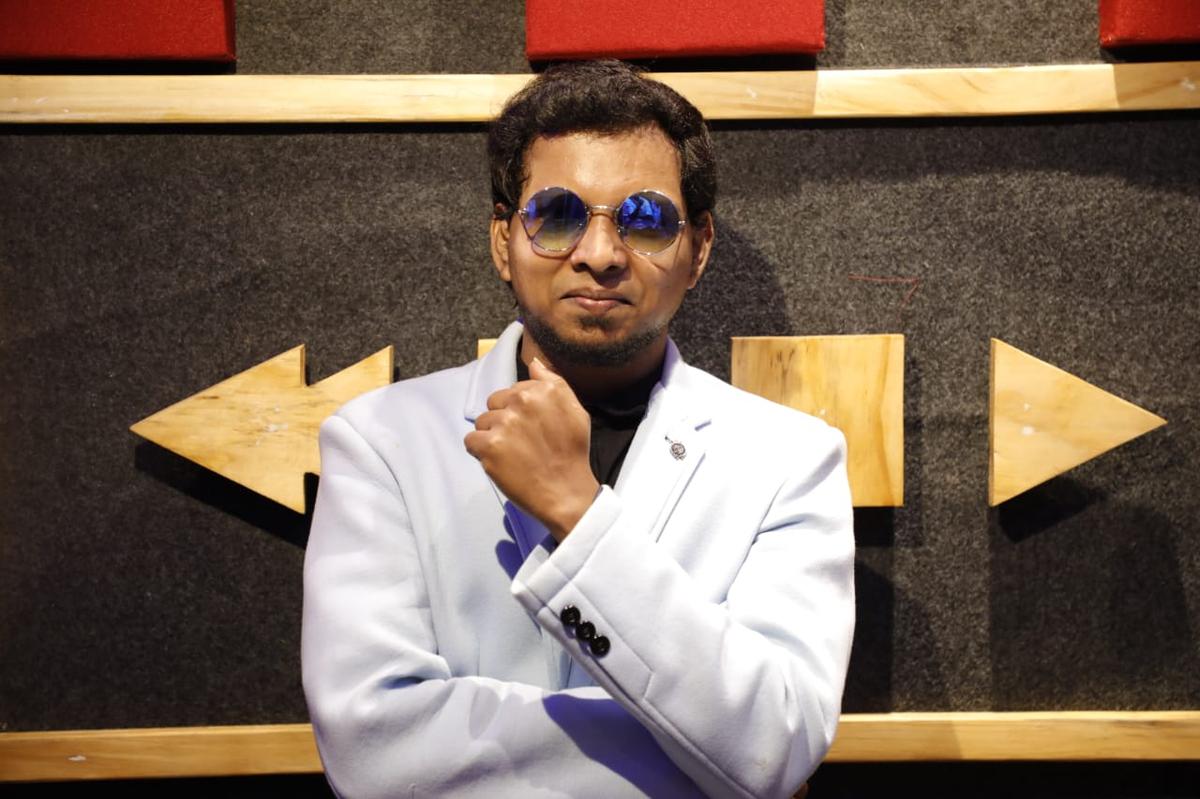
Rev Prashanth
| Photo Credit:
Special Arrangement
Misrepresentation in films
As for its representation in Tamil cinema, Dholak Kaccha, a 29-year-old dholak (percussion that accompanies gaana) artiste who has worked with music directors like Santhosh Narayanan, Tenma, and Paul Jacob, says, “Gana was grossly misrepresented in Tamil films for decades. But that music is not gaana. When it is not written and sung by our people, how is it gaana?” asks Kaccha, who has been an artiste for eight years.

Dholak Kaccha
| Photo Credit:
Special Arrangement
“They have portrayed gana songs as ‘item’ songs. We have a lot of stories to say, but they were not properly represented,” adds Sakthi.
Kaccha, however, says that over the past few years, directors like Pa. Ranjith have ensured that gaana is represented authentically in films. “But even today, there are instances of music directors using gaana artists’ compositions, only for them to be sung by well-known singers and not the original artistes,” says Prashanth. “Often, singers are also not paid, because when given the choice of payment and opportunities, they are forced to choose opportunities.”
Breaking stereotypes
Twenty-three-year-old Kodambakkam Gaana Sakthi, a budding artiste, wants to useGaana Cypher to address stereotypes surrounding performers. “When someone sees a gaana artiste, they think we are rowdies or drug addicts. Sometimes even the police stop us on the road and abuse us, just because we look and talk a certain way,” he says.
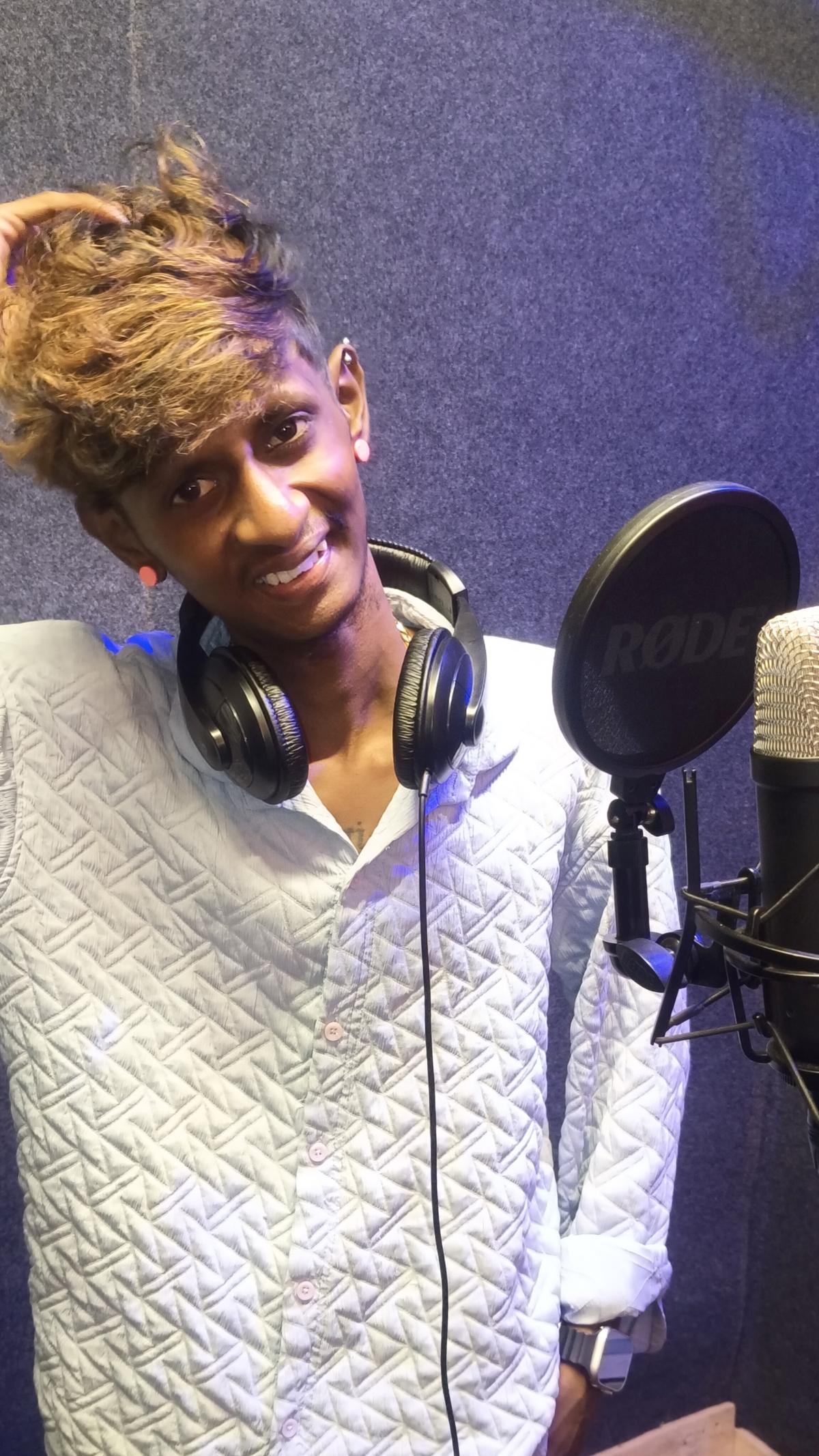
Kodambakkam Gana Sakthi
Even for a performance on TV, we are expected to dress like a “typical gaana singer”, with a lungi and torn undershirt, says Kaccha. “How we want to portray ourselves is our choice. It is a matter of self-respect,” adds Prashanth.
What Gana Cypher aspires to achieve is to celebrate the genre for its authenticity, and spark a conversation between the mainstream audience and gaana artistes. “No adulteration or cultural appropriation; the event is mainly for the mainstream audience to see, acknowledge, and appreciate the artform in all its glory,” says Sakthi.
The group is hosting the fifth edition of its gaana concert and open mic on April 14, on the occasion of Ambedkar Jayanthi, at Medai in Alwarpet. Tickets are priced at ₹299. Call 9150007598.
Published – April 09, 2025 05:35 pm IST
This post was originally published on this site be sure to check out more of their content.



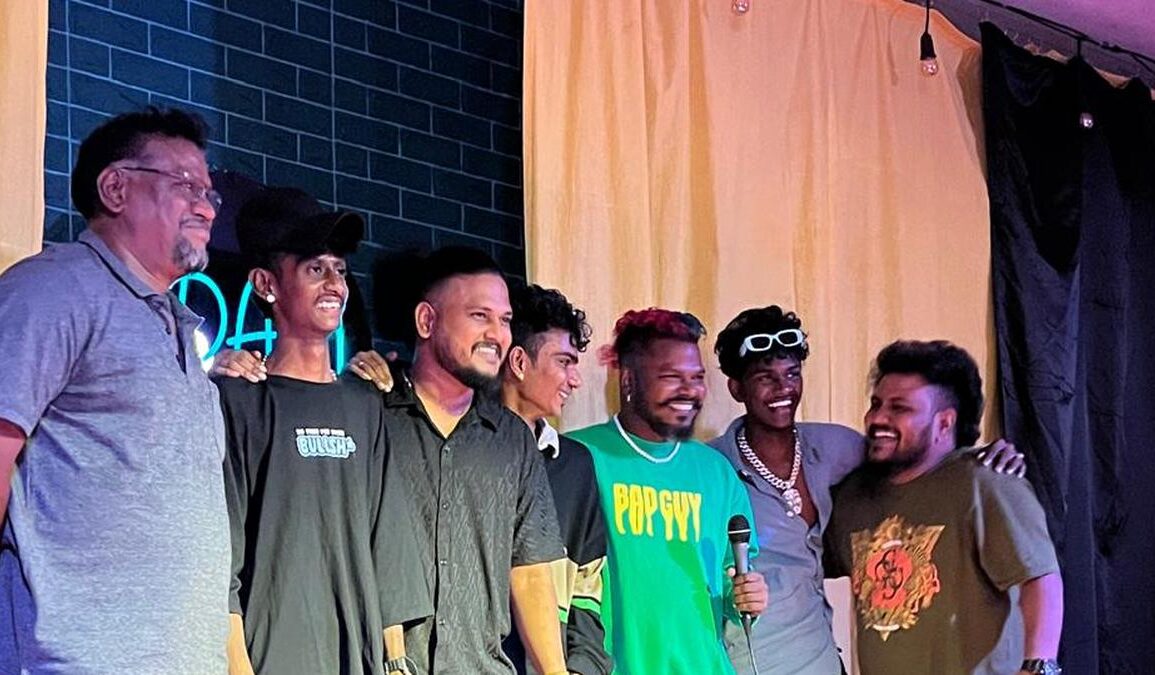

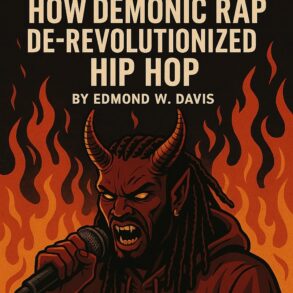
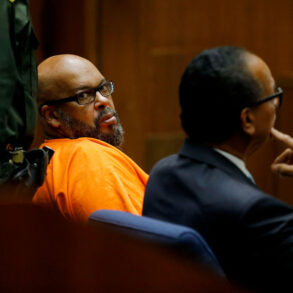

Email
Remove
SEE ALL